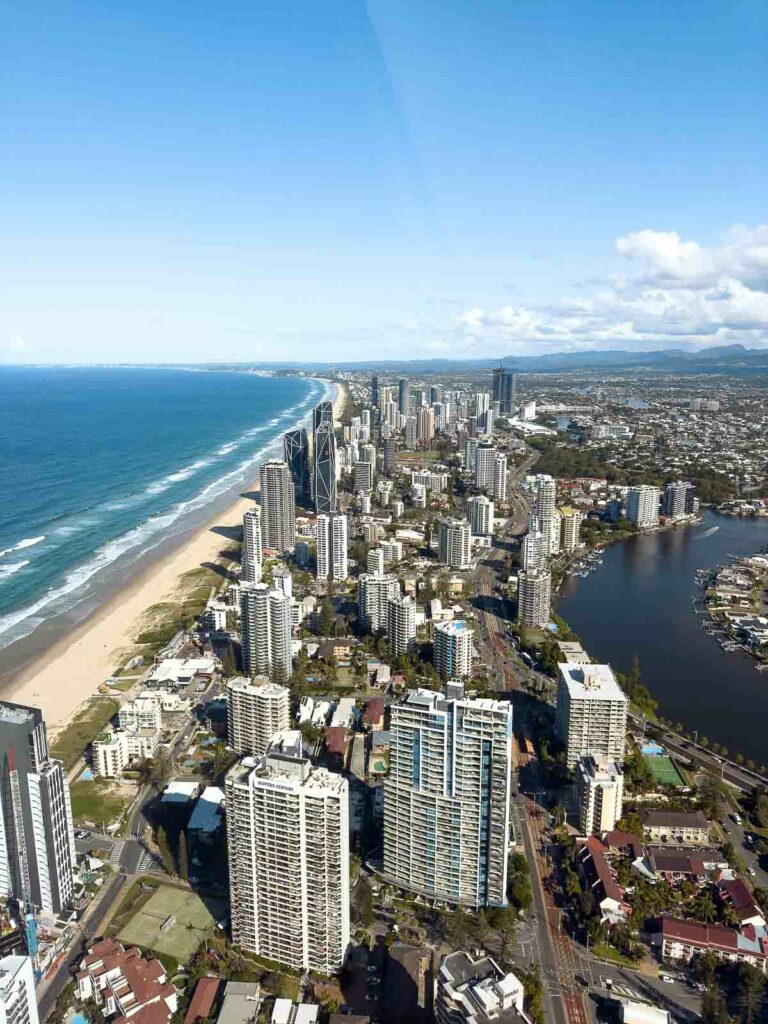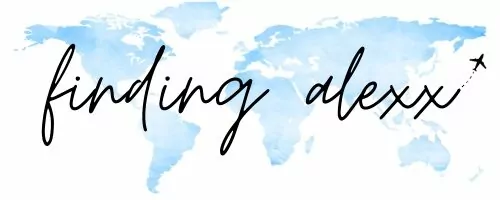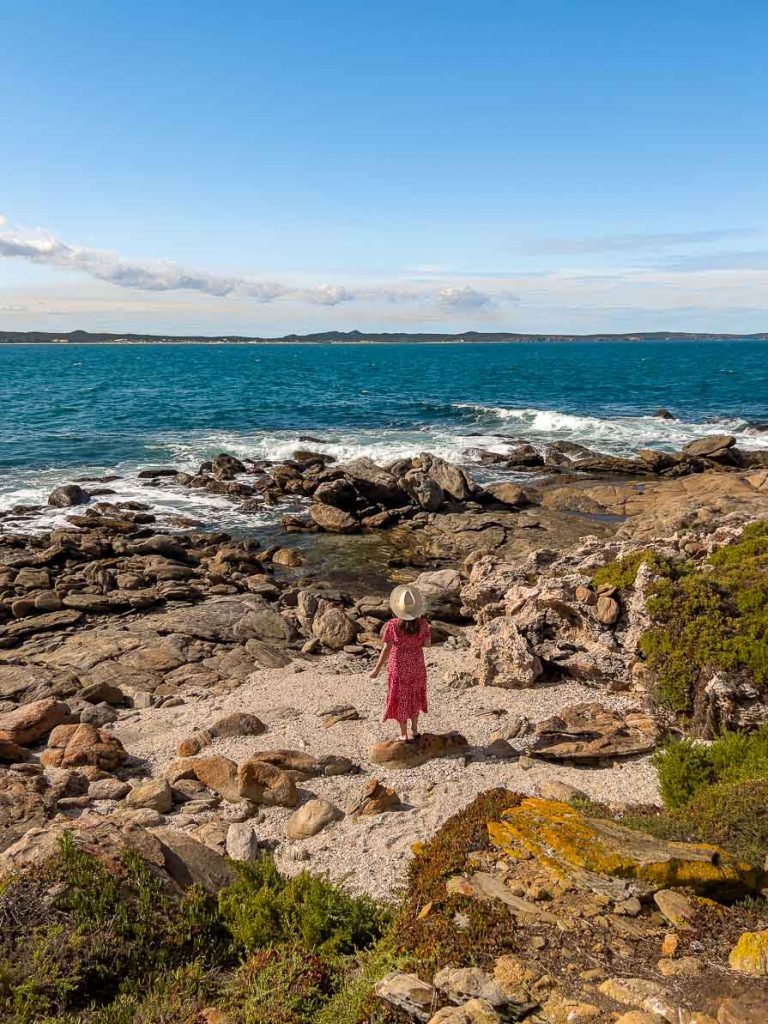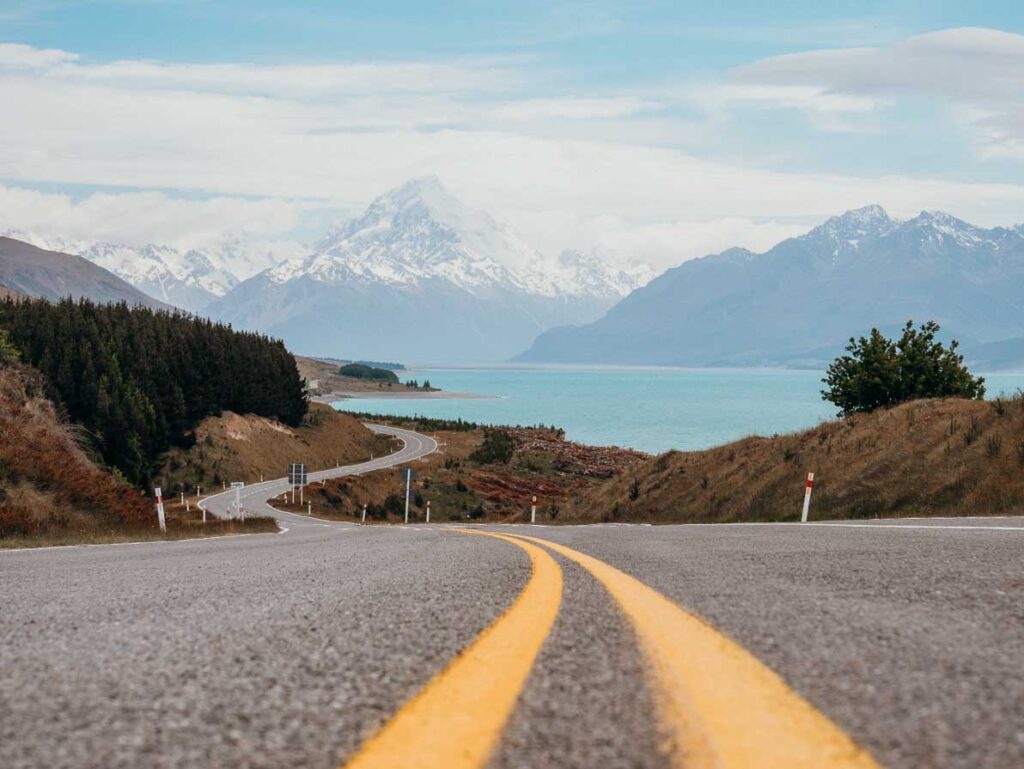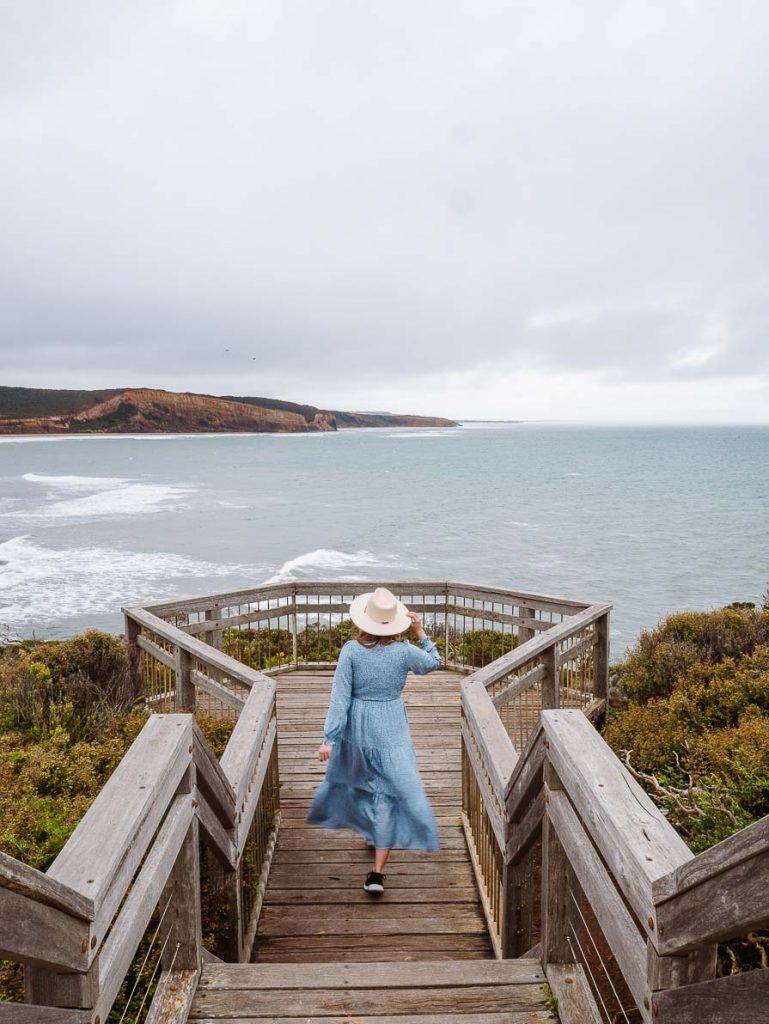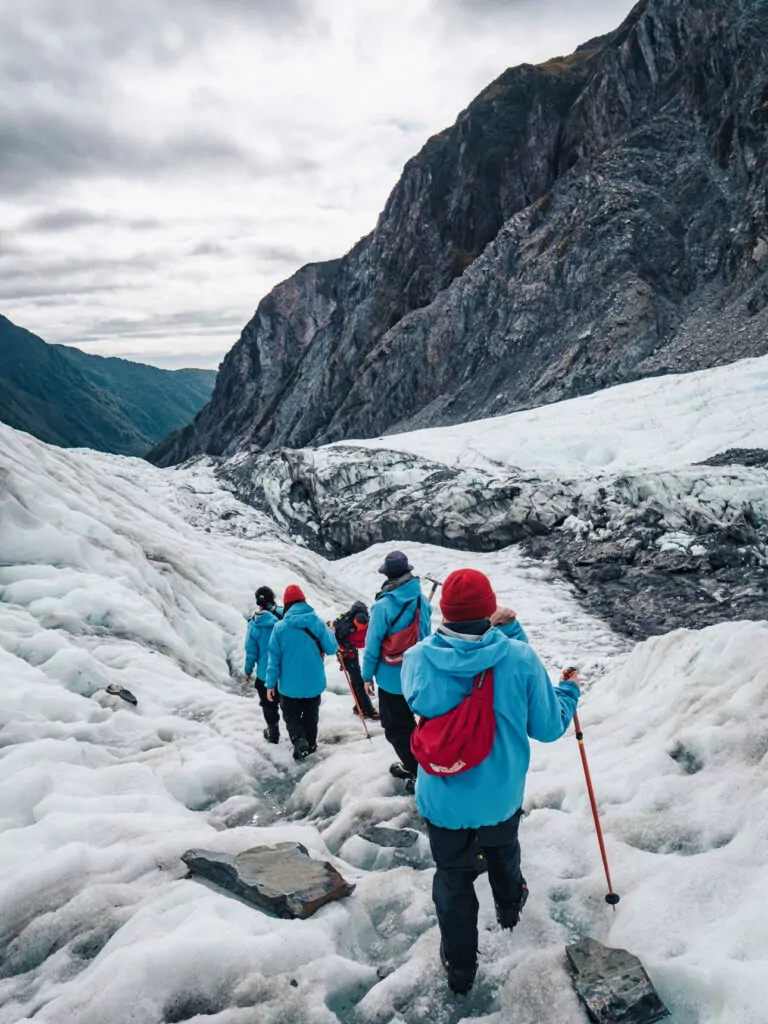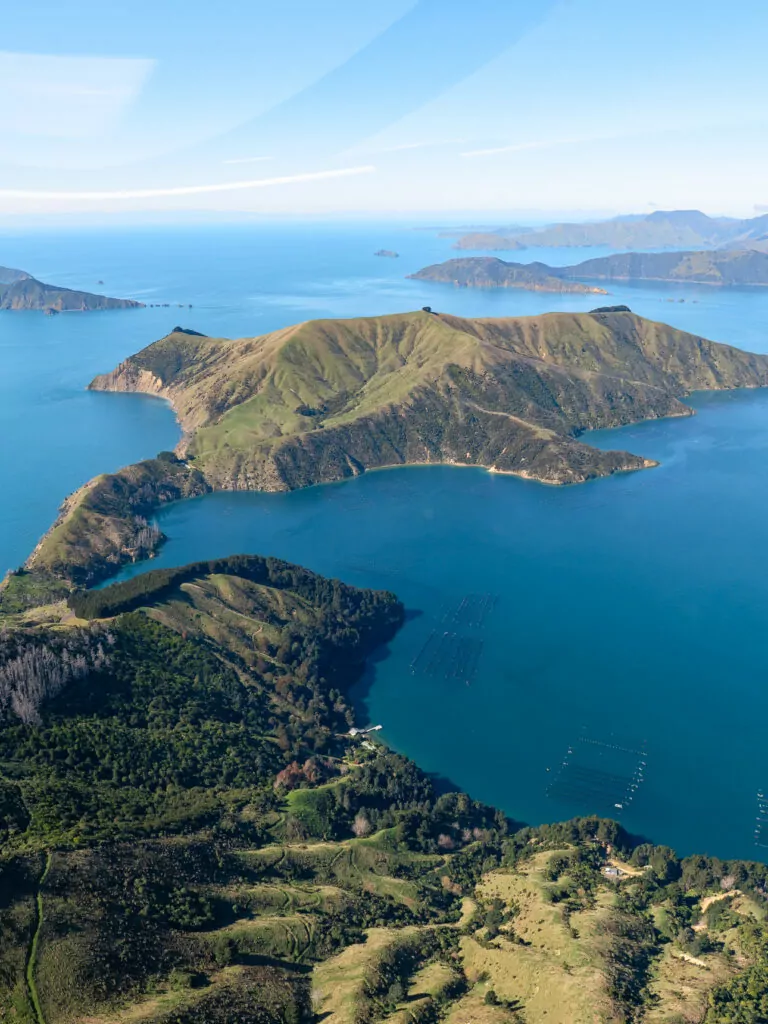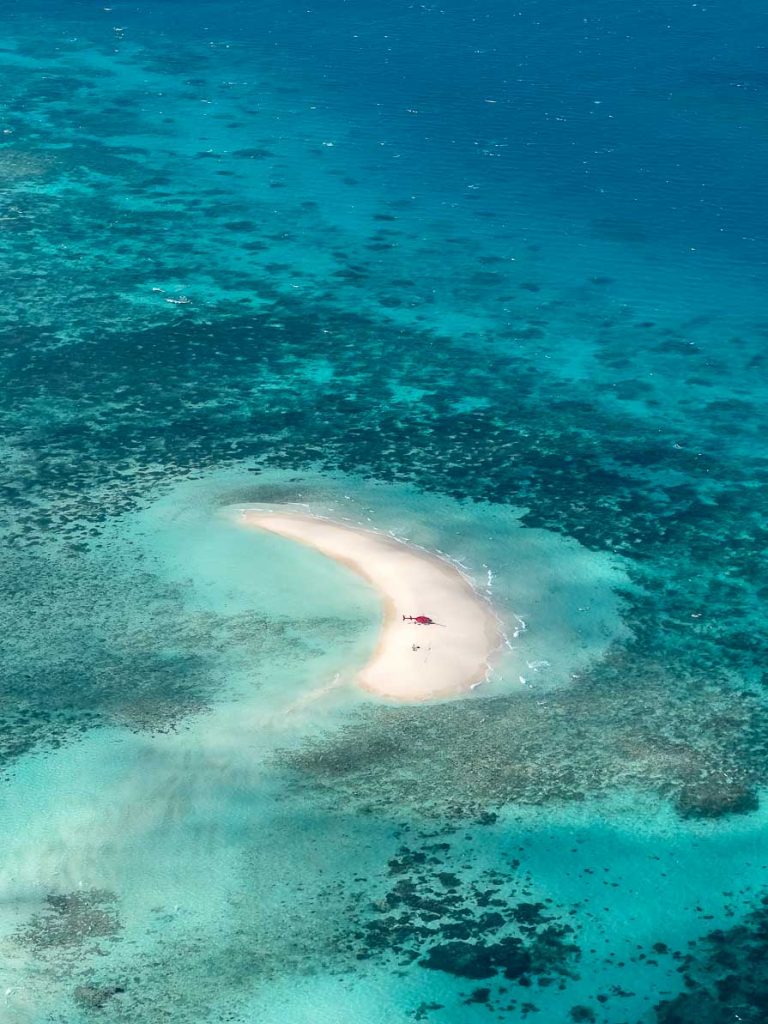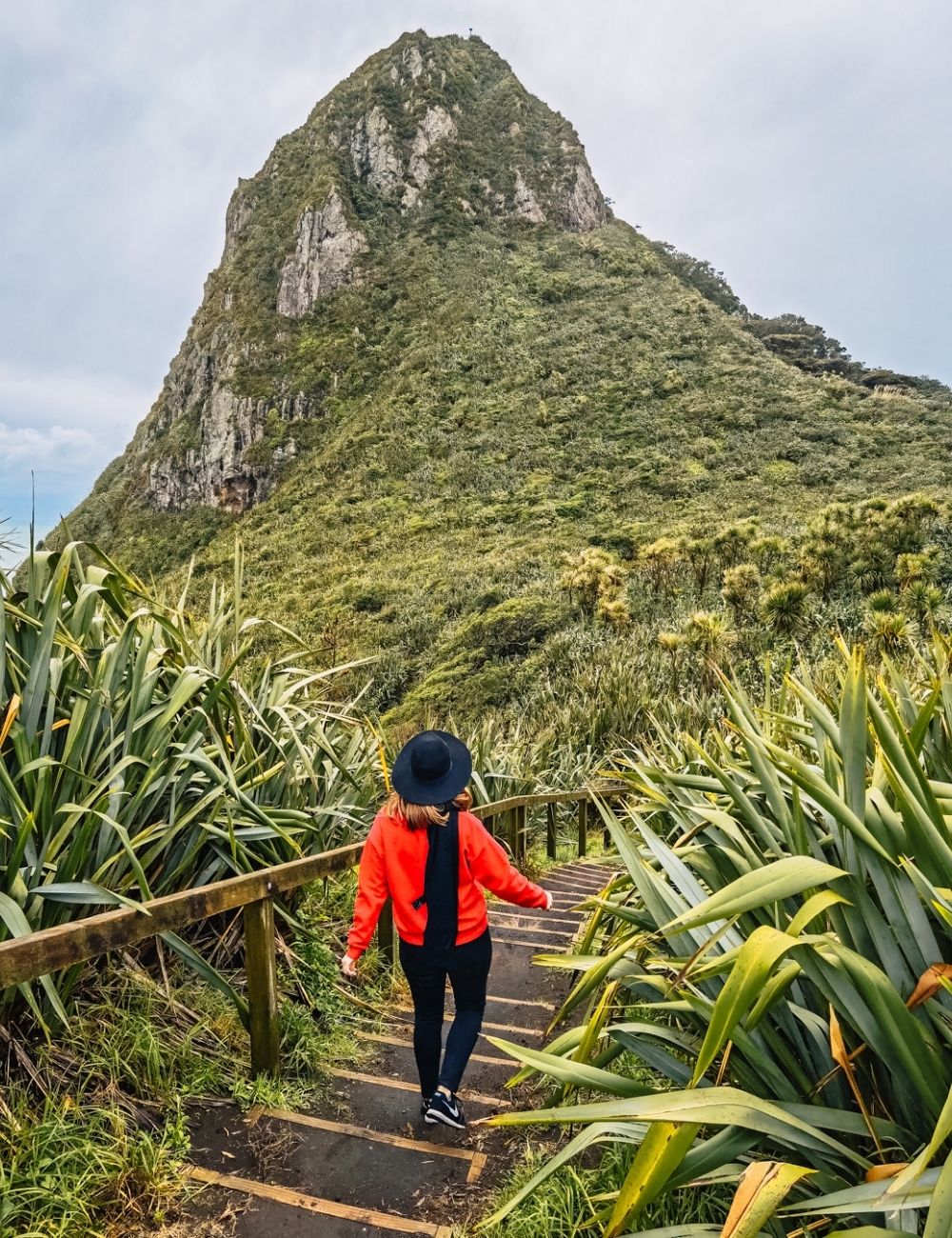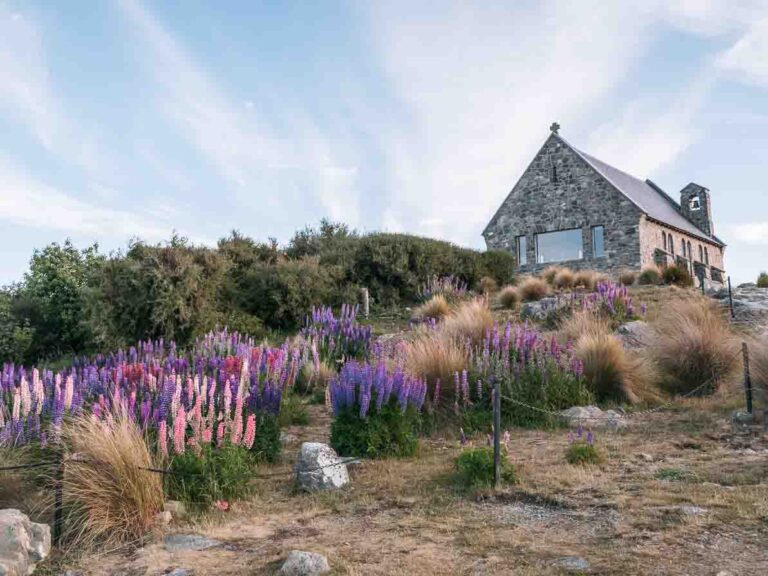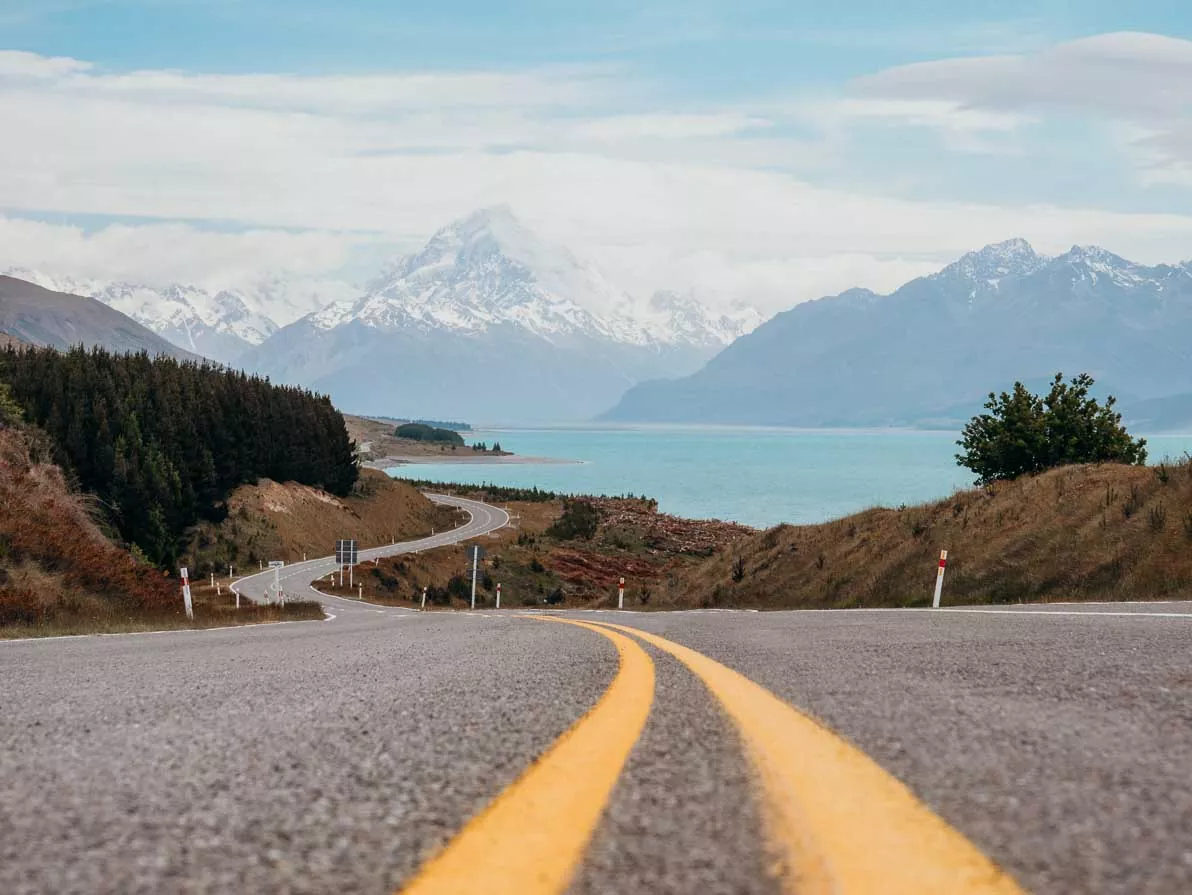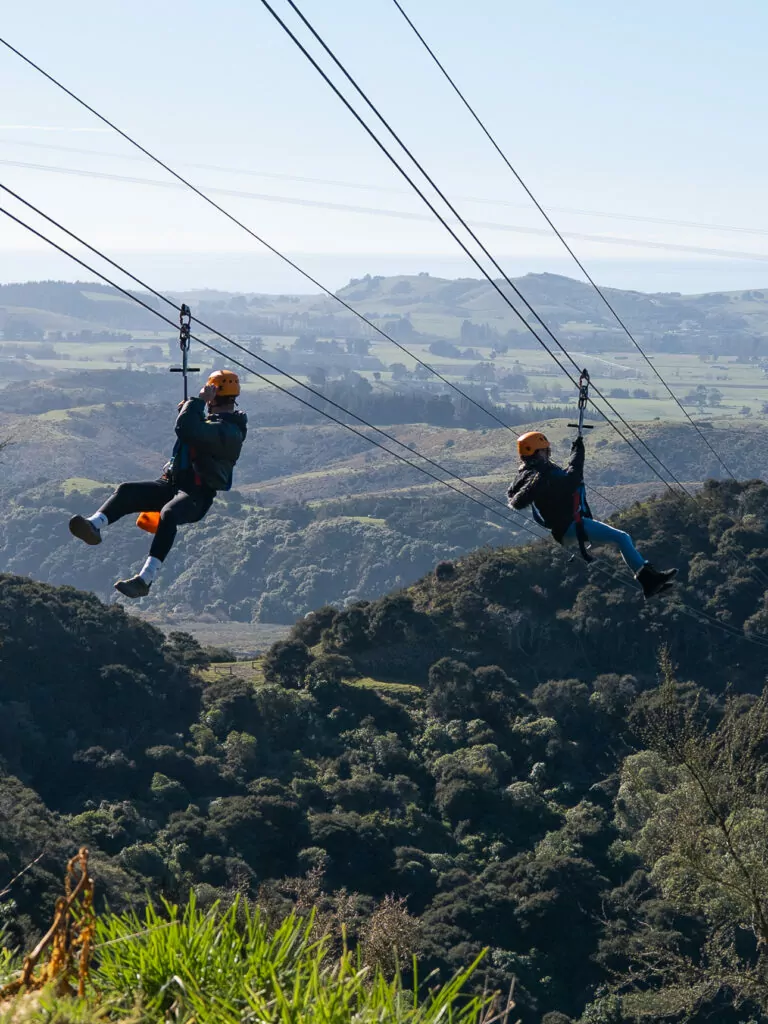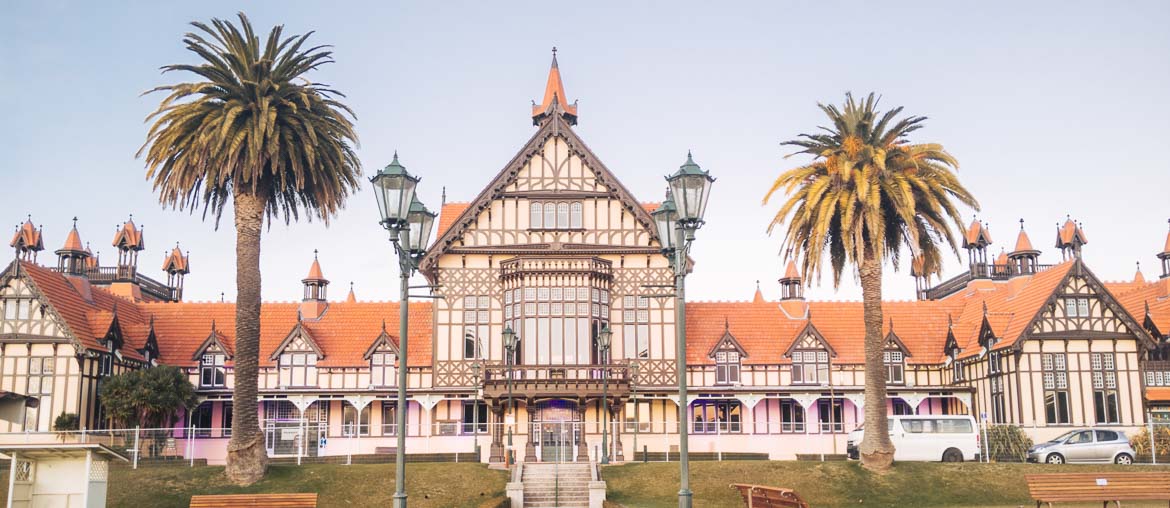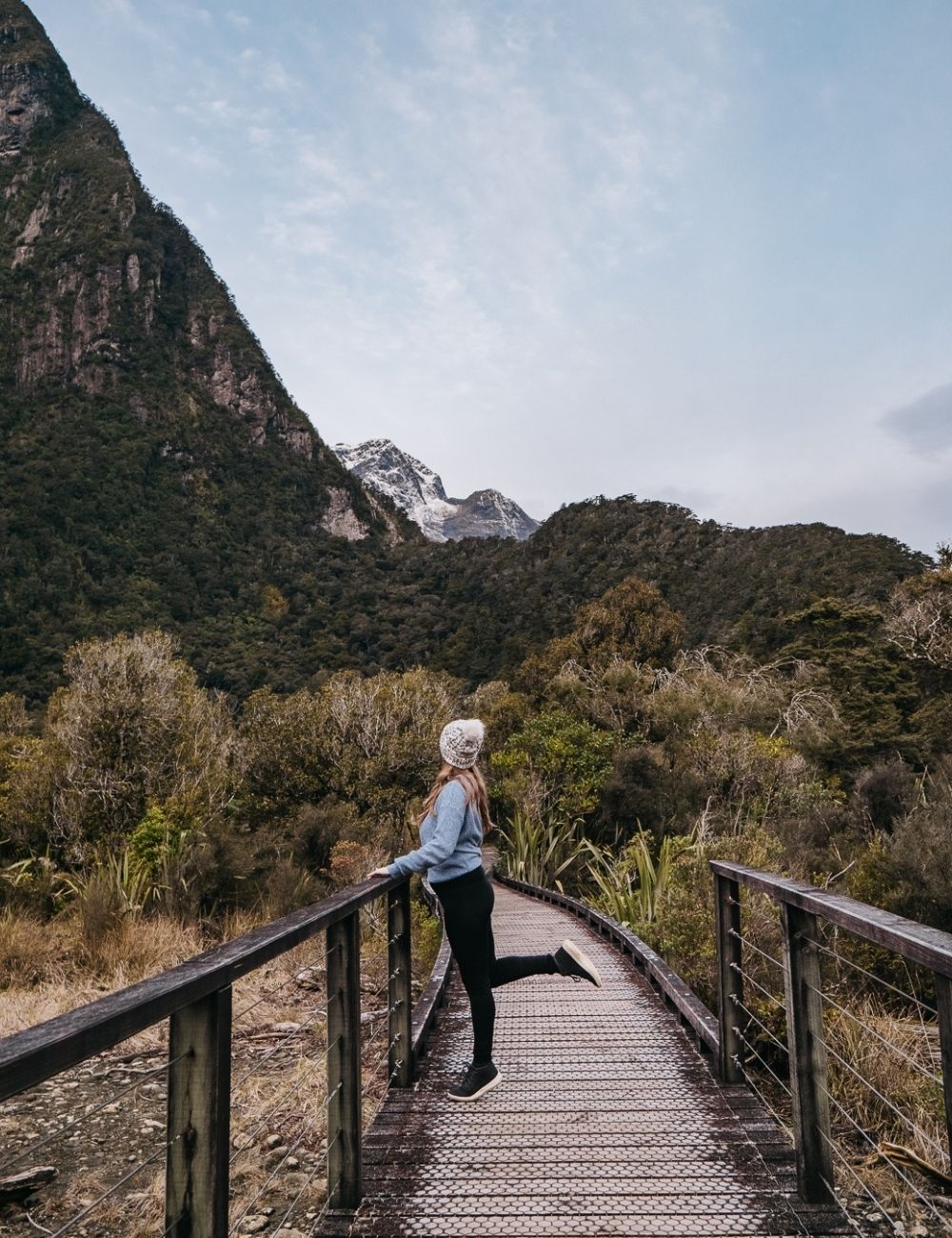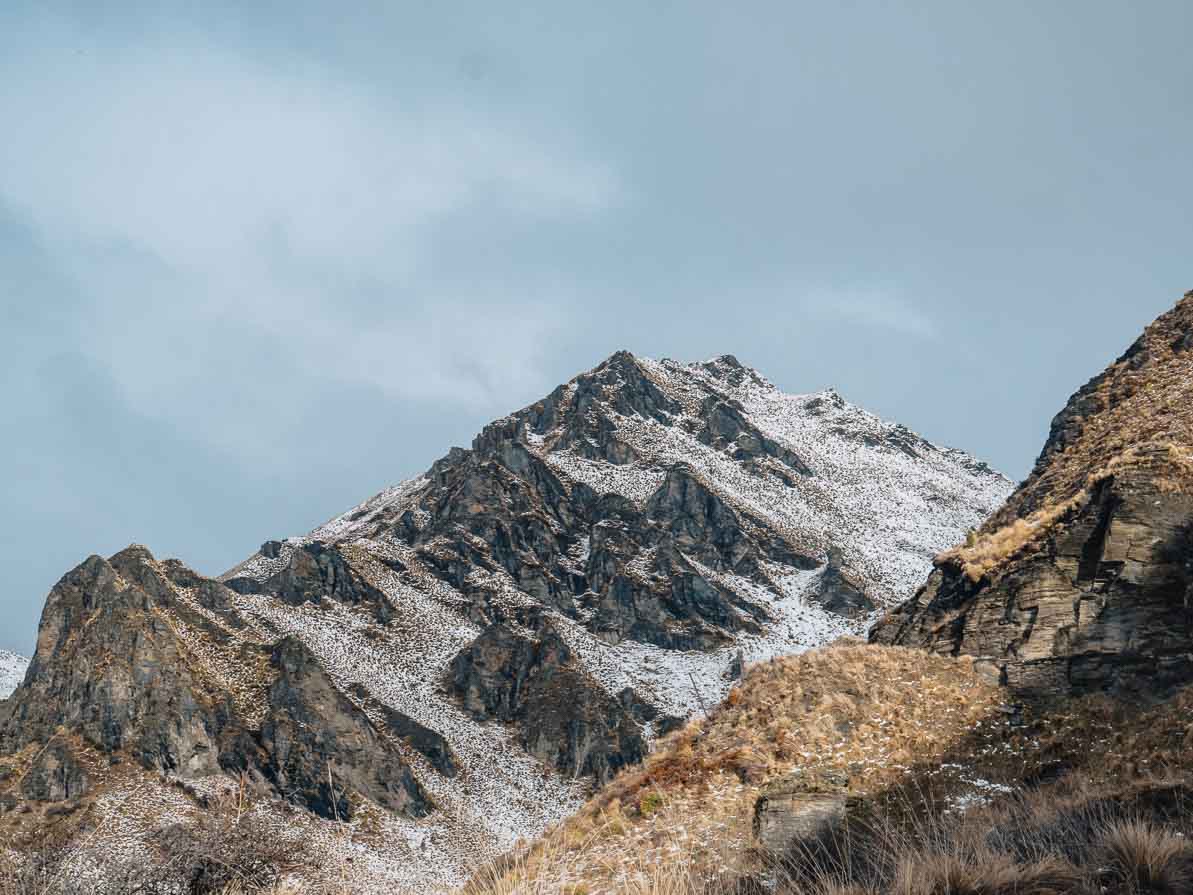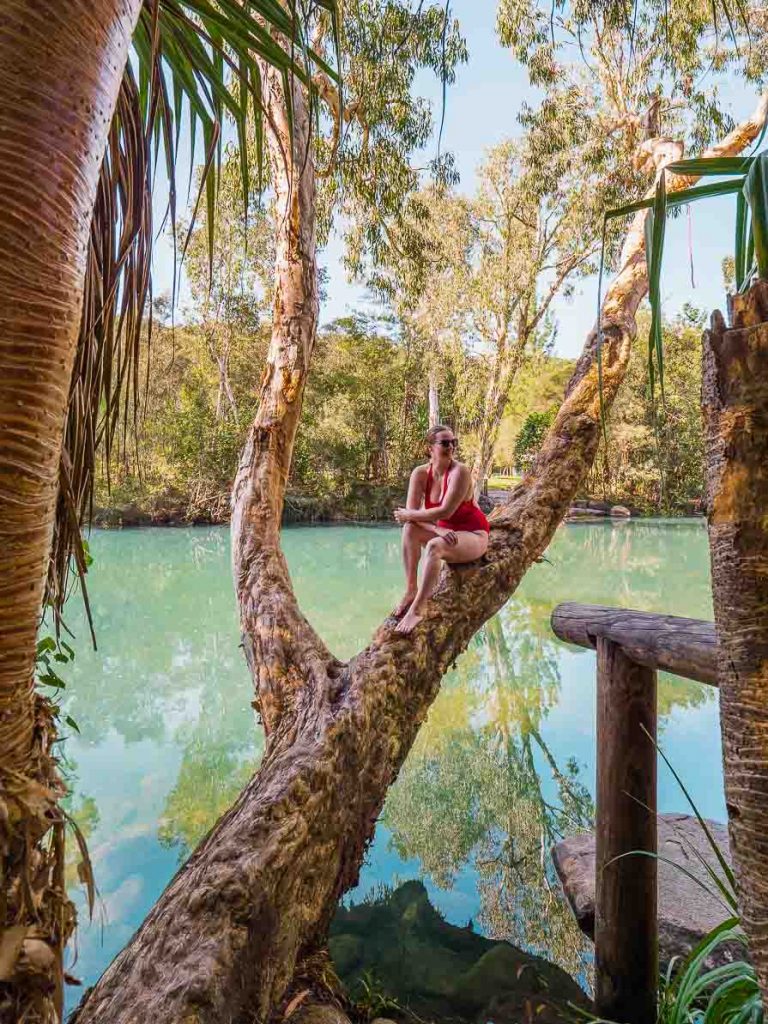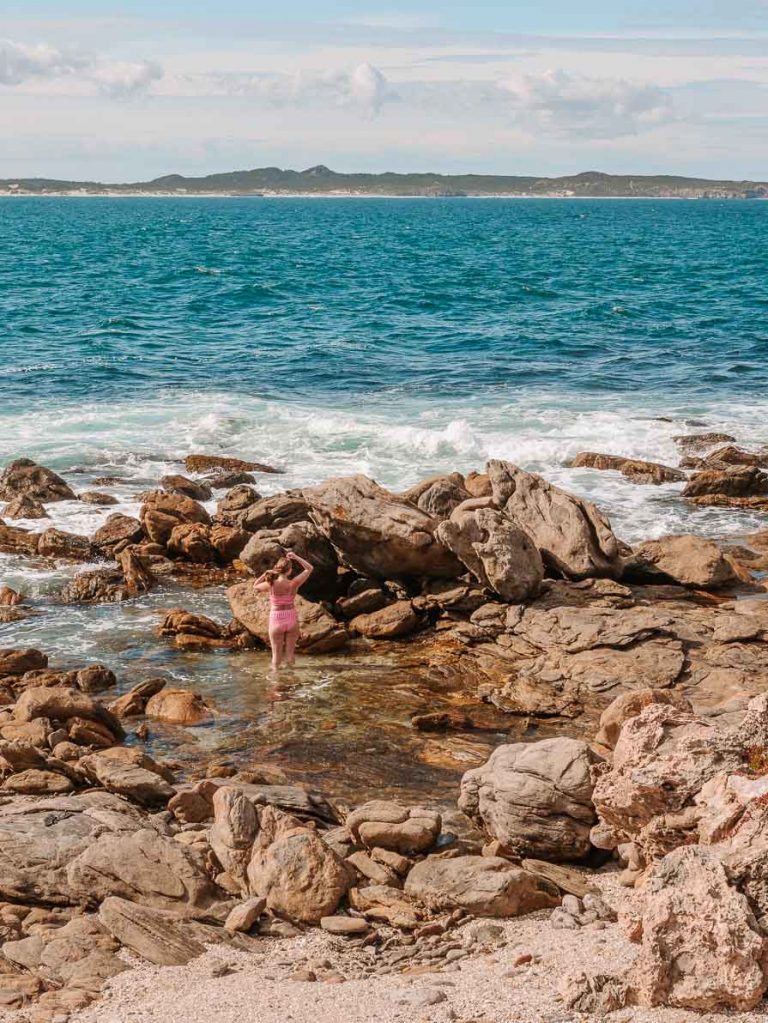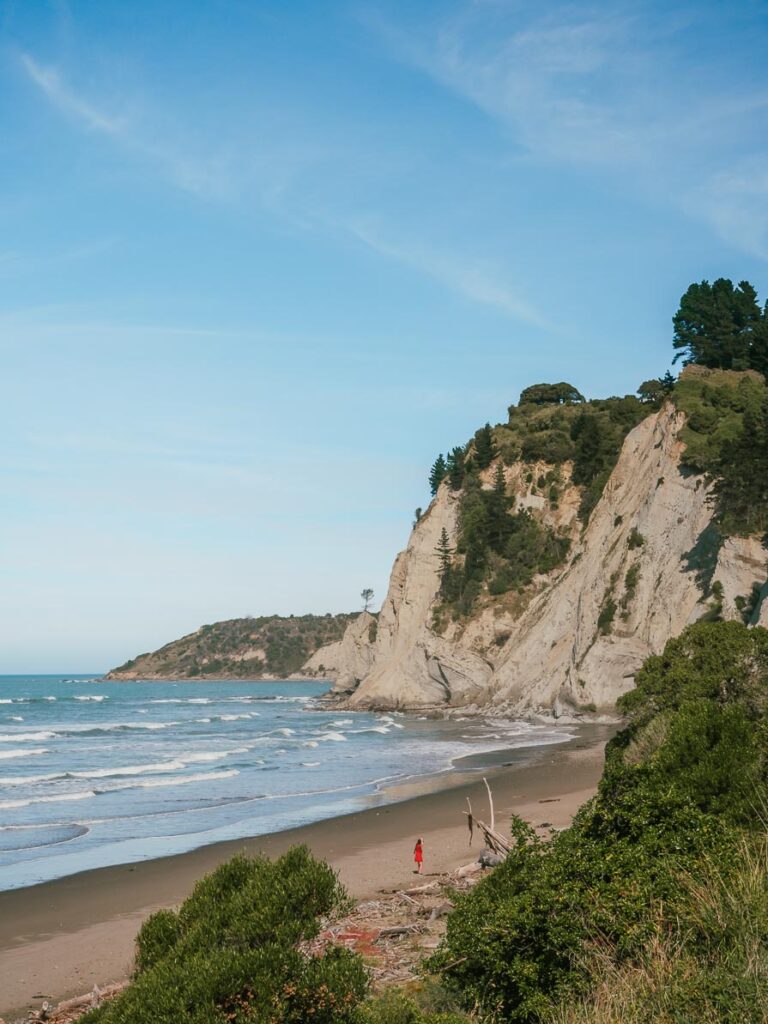Australia, New Zealand & South Pacific travel guides
Whether you want to chase waterfalls in Aotearoa New Zealand, take a coastal road trip through Australia, island hop in the Pacific, or enjoy an extended Antipodean adventure, my detailed itineraries and destination guides will help you travel smarter, stress less and have the time of your life.
Posts by country & region
Top Australia & New Zealand itineraries
If you’re at the start of your travel planning journey, these epic itineraries will help you figure out where to go, how long to spend in each spot, and how to make it all fit together while maximising your time and money.
City breaks & short trips
Only got a few days to spare? These short trip ideas will help you make the most of a long weekend or plan the perfect 3-5 day escape.
